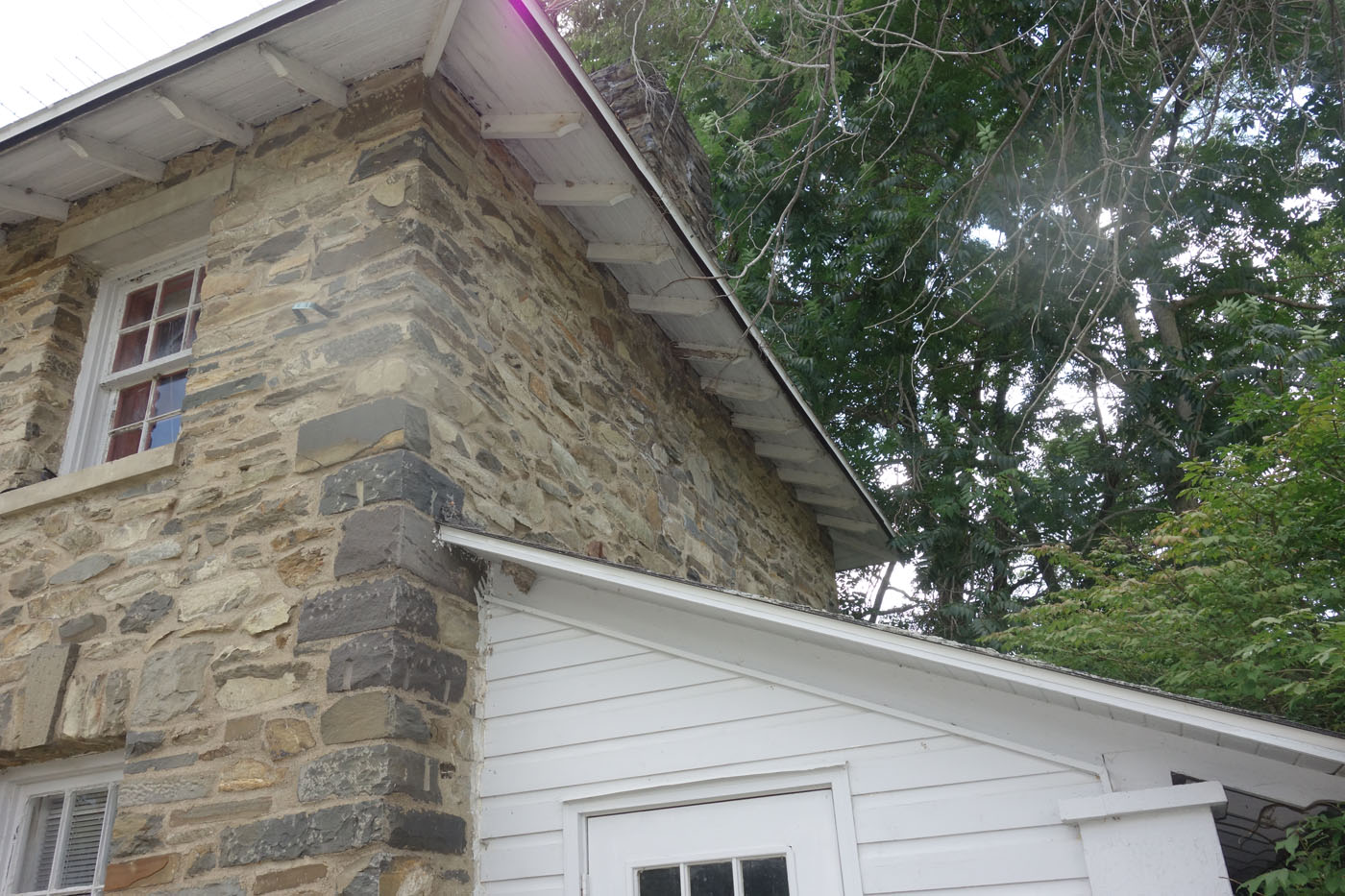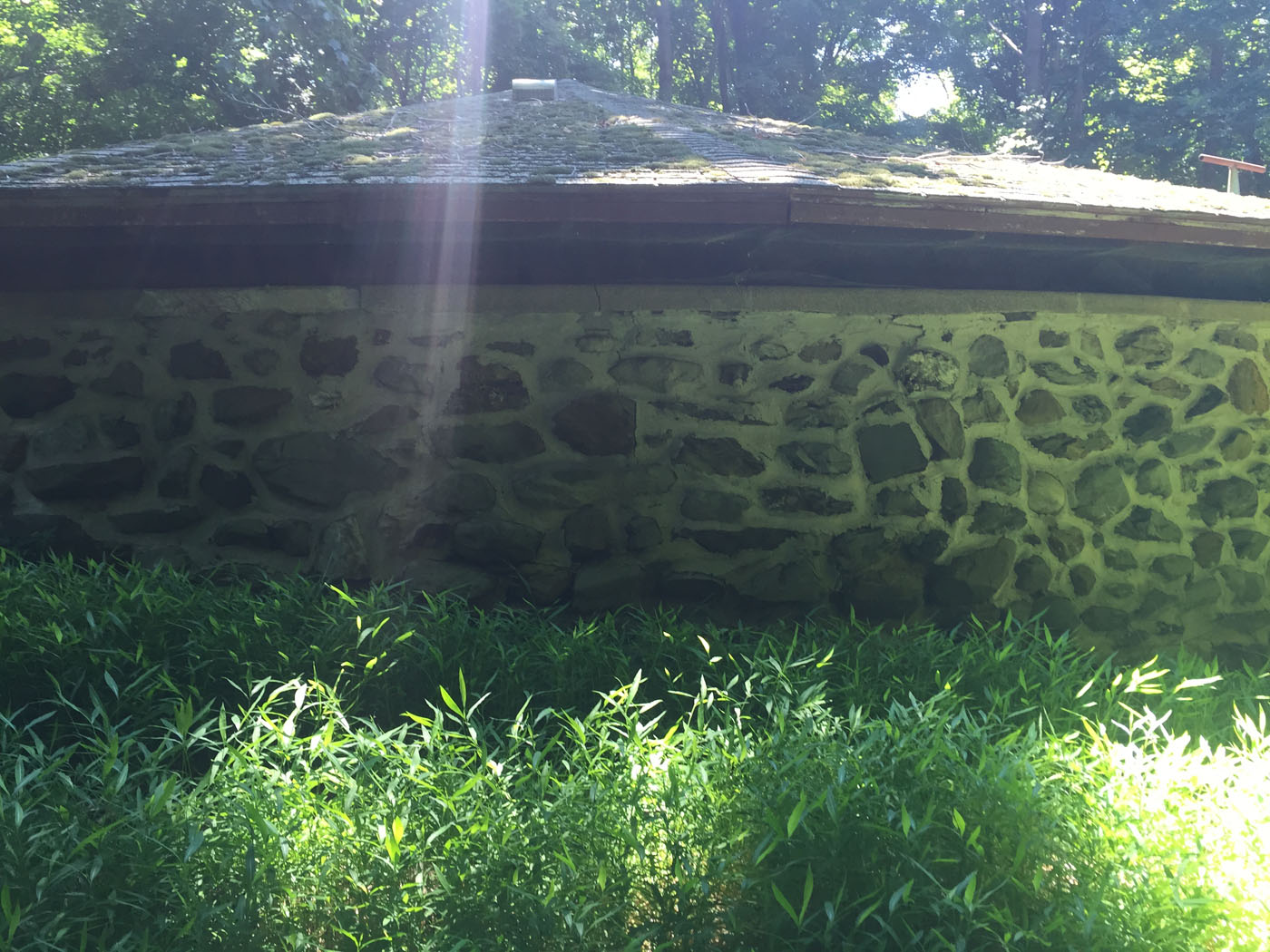Commitment to Environmental Sustainability Preserves Natural Areas and Native Plants

The clustering of the new structures in the central portion of the Rock Ledge property, which is already developed, protects and avoids disturbing the site’s natural features and locates the new structures away from and out of view of abutting streets and residences. Interior roads are built primarily where existing roads or former carriage pathways were located, avoiding or minimizing impacts on bordering natural habitats, particularly wetlands and streams and their buffers. New construction will not incorporate steep slopes (15% and greater) or rock outcroppings, minimizing the site grading needed and helping preserve the natural character of the landscape.
Site and landscape design preserves mature woodlands and native vegetation adjacent to the new dwellings. Trees and shrubs immediately outside the active construction zones and beyond will be retained and protected. Once construction is complete, a diverse mix of native trees, shrubs, perennials and grasses will be planted for additional visual screening and habitat. This will include newly planted flora to increase the visual buffer between the new development and an adjacent Haggerty Hill Road residence. Landscaping is designed to be native vegetation with low water demand. In accordance with the town’s recommendation, enhancement of historic views west from the Manor house will not clear-cut any existing woodlands as detailed in the FAQ’s.
A proposed view enhancement area for the Manor House comprises approximately 10,000 square feet, less than 10% of the area of the existing meadow. Any view restoration will be accomplished by pruning only the uppermost sections of tree canopy. All understory vegetation will remain untouched because it has no impact on the views from the Manor House. There will be no clearcutting for view enhancement.
The size, shape and location of the view enhancement – at the edge of an existing meadow – does not fragment existing habitat. It is in keeping with best practices outlined in the manual Creating and Maintaining Hudson River Views, published October 2020, administered by the New York State Department of Environmental Conservation’s Hudson River Estuary Program in partnership with New England Interstation Water Pollution Control Commission. The manual recommends siting view modifications close to or within existing edge habitat to prevent further fragmentation of core natural areas.
